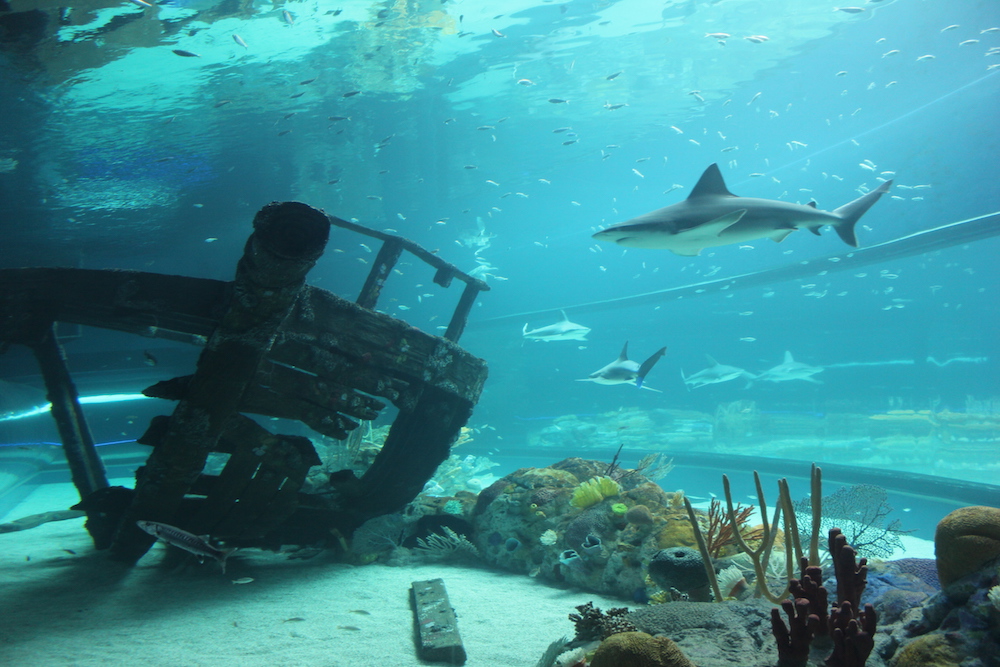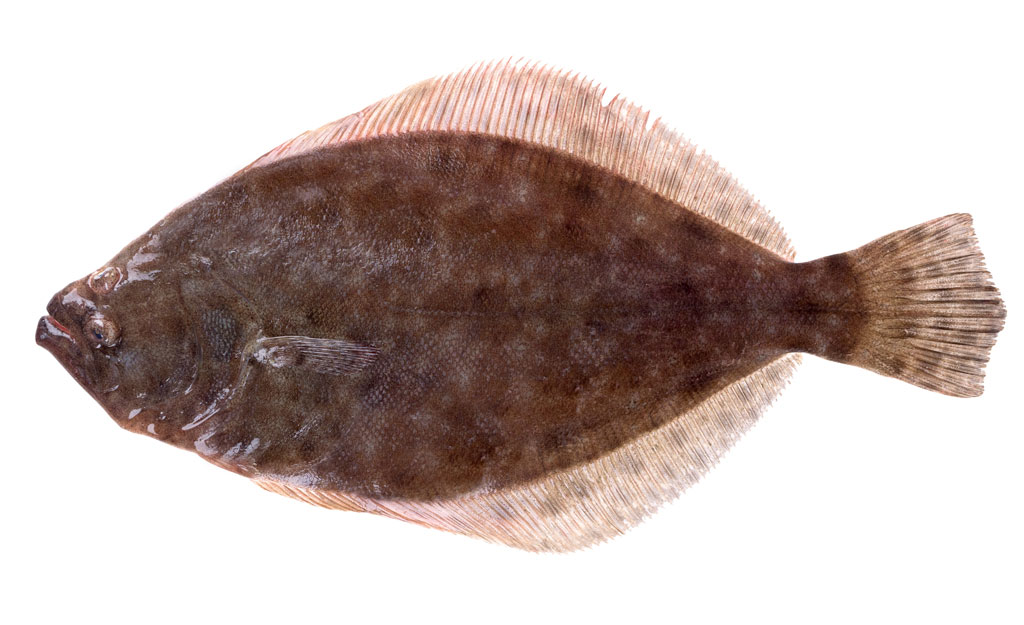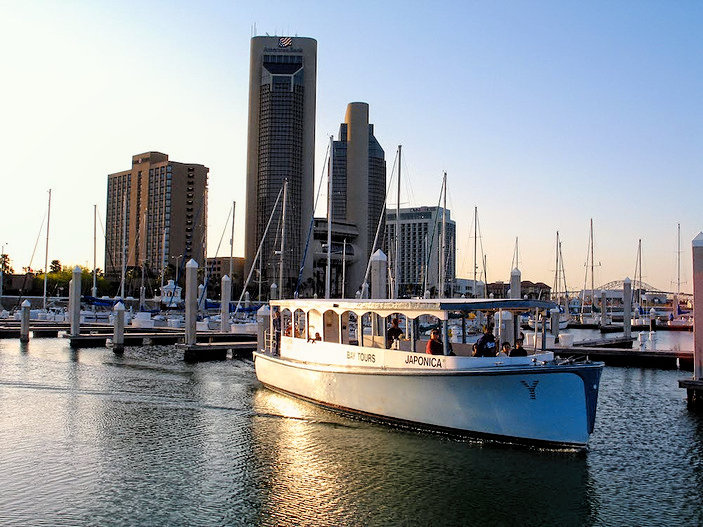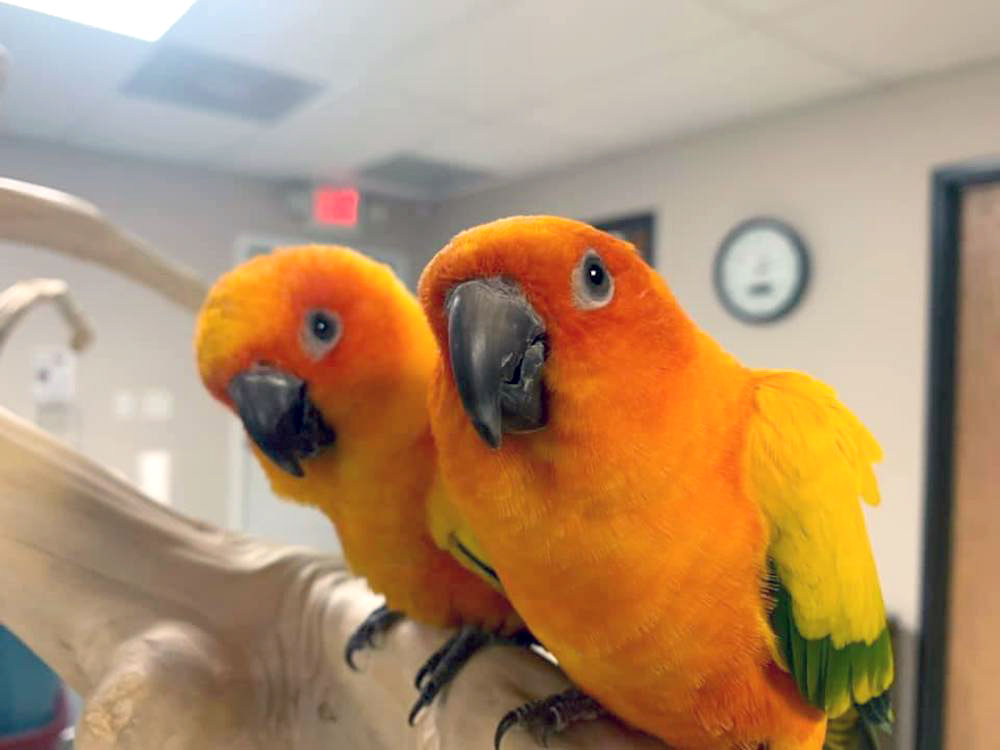
The Texas State Aquarium’s Caribbean Journey opens in Corpus Christi May 13. The stunning new additions to the aquarium almost double its size. Courtesy photo
Sharks, tropical fish, birds and reptiles from Mexico’s Yucatan Peninsula and the western Caribbean Sea made their grand debut at the Texas State Aquarium on May 13 with the opening of the much-awaited Caribbean Journey exhibit.
The 71,000-square-foot exhibit, which doubles the size of the aquarium, took $56 million and two years to complete. It is expected to attract an additional 150,000 visitors a year and extend a typical visit to the aquarium by two hours.
The Caribbean Journey is designed as a completely immersive experience for visitors as they experience the sights and sounds of a tropical wonderland. Birds fly freely under an open-air glass dome atrium. Dense trees and multiple waterfalls add to the authentic experience of touring a living lowland forest.
“You’re going to hear, see, smell everything,” said Adriana Reza, operations manager at the aquarium. “It’s going to be really immersive, really in-your-face, because there are no walls to separate you from the animals.”
The Caribbean Journey includes:
• more than 800 new marine and terrestrial animals;
• touch exhibits for a hands-on experience;
• Mayan Ruins, home to vampire bats, snakes and lizards;
• a 400,000-gallon tank housing sharks, schooling fish and a shipwreck;
• Coral Reef, a dazzling barrier reef with brightly colored fish and a live coral nursery;
• and the only 4D theater in South Texas, holding up to 100 guests.
The aquarium has also put a sharp focus on education with its new Center for Excellence in Science, Technology, Engineering and Math (STEM) education. With the addition, it aims to make STEM even more engaging using cutting-edge technology.
“Classrooms out, discovery in!” said an enthusiastic Leslie Peart, vice president for education and conservation at the aquarium. “Instead of us facilitating a long, detailed program, the students discover on their own using the real scientific process. They come up with their own questions; we lecture last, or not at all.”
The Aquavision Distance Learning Program is the most exciting innovation to the Center for Excellence. Through Aquavision, the aquarium can connect live to anywhere in the world for breaking research on the Gulf of Mexico, Caribbean oceans and beyond. The aquarium is working with Sam Mitzam, a cave explorer on the Yucatan, as its STEM professional in residence.
“Through Aquavision, we’ll be able to talk directly to Sam while he is exploring a cenote in Mexico,” Peart explained. “He’ll be able to take our guests on a guided tour in real time.” (A cenote is a natural sinkhole that exposes groundwater below the surface.)
Aquavision works both ways. Its state-of-the-art technology can connect a classroom of students who have never seen the ocean with the aquarium, where they can meet the four resident dolphins as well as sharks and other exciting animals in full definition.
“With technology now, we can connect with you anywhere, anytime,” said Suraida Nañez-James, STEM integration manager. “Aquavision is like a live show. The kids can see us, they can talk to us, we can see them, we can talk to them. They can connect with us, and it’s very engaging, interactive and fun.”
On site, the aquarium will run visionary programs for kids, including a SeaCamp during the summer.
Peart believes the aquarium can work with students who find math and science “too hard” or “boring” because it provides an environment where STEM is relevant and tangible.
“We’re bringing the fun back into learning again,” Nañez-James said. “The aquarium offers STEM in a very hands-on way, learning almost by accident. We call it stealth learning — like, oops, you just did geometry!”
Kids will conduct scientific investigations, take measurements and study animals for inspiration.
“It’s all about the animals and the habitats,” Peart said. “If a kid can find an animal they find compelling, like a shark, we ask, ‘Can you measure the shark? Can you track the shark?’ They’ll gather the data and the math falls in afterwards. Suddenly, they’re doing fractions.”
Whether at the STEM center or the Caribbean Journey, visitors will be transported into the lush rainforests, coastal lagoons and coral reefs of the Sian Ka’an Biosphere on the Yucatan Peninsula.
“Not only do we have all of the different and diverse animals, we’ve recreated a different world. It’s a new culture,” Nañez-James said. “I’ve been to the Sian Ka’an myself. It’s amazing, but not everyone can afford or access that — now they can, right here in Corpus Christi.”
The Texas State Aquarium is located at 2710 N. Shoreline Blvd. on North Beach in Corpus Christi. For more information, call (361) 881-1230 or (800) 477-GULF (4853). Visit the website at texasstateaquarium.org.





